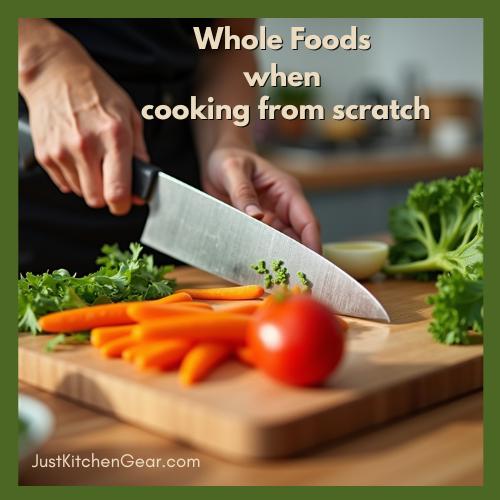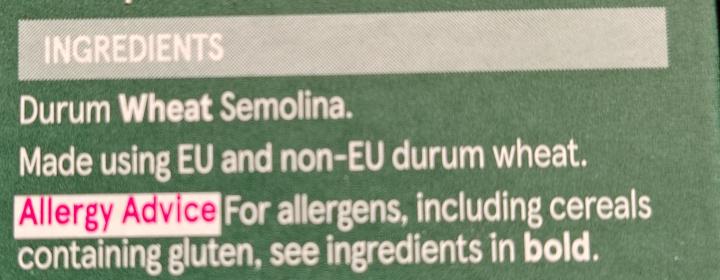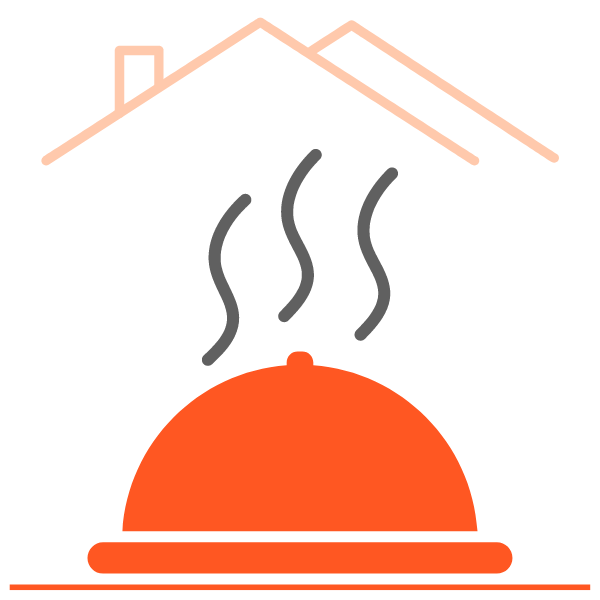*This post may contain affiliate links for which I earn commissions.*

Cooking from scratch involves preparing meals from raw ingredients and whole foods that are in their most basic form. But what are whole foods?
If you’ve ever searched for “whole foods for scratch cooking”, you’ve probably come across terms like ultra-processed foods, whole grains, and clean eating. It can feel confusing at first, but understanding what whole foods are is one of the easiest ways to start healthy scratch cooking at home. In this post, I hope to explain the basics, why whole foods matter, and how to include them in your daily meals.
What Are Whole Foods?
Whole foods are foods that are as close to their natural state as possible. Think of fresh fruits and vegetables, whole grains, nuts and seeds, eggs, and unprocessed meats or fish. The key is minimal processing, nothing artificial added, nothing removed.
For comparison, ultra-processed foods are packaged and often contain hidden sugars, unhealthy fats, and additives. These types of foods are manufactured in big factories. They have been designed to be produced in huge quantities, last longer (hence the additives) and make you want to eat more of them. Choosing whole foods instead helps you enjoy natural flavours and maximise nutrients.
Tip: For beginners, start by swopping one processed snack or packaged ready meal with a one made from whole foods. For example, instead of buying a cottage pie ready meal prepare it yourself. You will need fresh beef mince, carrots, celery, onions, potatoes and kitchen pantry staples you may already have. Here is a cottage pie recipe with which to get started
The Benefits of Eating Whole Foods
Eating whole foods isn’t just a trend but also a smart choice for your health:
- Nutritional power: Whole foods are rich in vitamins, minerals, fibre, and antioxidants.
- Supports healthy ageing: Regularly eating whole foods can improve digestion, balance blood sugar, and boost overall wellness.
- Better scratch cooking experience: Fresh ingredients make meals tastier and give you control over what you eat.
How to Identify Whole Foods in the Grocery Shop
Shopping for whole foods doesn’t have to be overwhelming. Here are some tips –
- Look at the list of ingredients
- Choose items with minimal ingredients.
- Avoid products with long lists of preservatives or added sugars.
- Buy seasonal fresh produce from the fruit and vegetable isle – it’s cheaper, fresher, and tastier.
Whole Foods vs. Processed Foods
| Whole Foods | Processed Foods |
|---|---|
| Fresh fruits, vegetables, whole grains, nuts, seeds | Packaged snacks, sugary cereals, frozen meals |
| Minimal processing | Highly processed with additives |
| Nutrient-dense | Often low in nutrients, high in sugar or salt |
Minimally processed foods such as plain yoghurt, canned beans, and frozen vegetables are also good choices for beginners as they’re convenient and still close to their natural state.
I prefer and buy frozen peas, beans and broccoli for convenience and speed as I can take out just what I need for a meal. In my steamer for 20 minutes, and they’re ready to serve. If you buy too many fresh vegetables, it can lead to wastage if you don’t get to use them soon enough.
I also buy dry pasta like spaghetti, fusilli, penne and lasagne sheets as these are not considered to be ultra processed, but minimally processed. If you look at the ingredients, you’ll see that there are only a few.

Tips for Cooking with Whole Foods at Home
- Swop refined grains for whole grains like brown rice, oats, or quinoa.
- Use fresh fruit for snacks instead of packaged treats.
- Cook simply: roasting, steaming, or stir-frying enhances natural flavours.
- Keep essential tools ready: a cutting board, a sharp knife set, and a blender or food processor make scratch cooking easier and faster.
Common Misconceptions About Whole Foods
- Whole foods are expensive: Seasonal shopping and buying staples in bulk save money.
- Whole foods are only plant-based: Eggs, unprocessed meats, and dairy are whole foods, too.
- Whole foods take too long to cook: Quick meals are easy when you use the right kitchen tools for scratch cooking.
With the right kitchen gadgets, such as a food processor or blender, even beginners can prepare vegetables quickly for easy weeknight meals.
Getting Started: A Beginner’s Action Plan
- Start small: replace one ready meal or snack with a whole-food version.
- Plan your grocery trips around fresh, seasonal ingredients.
- Keep whole food pantry staples such as beans, nuts, and whole grains ready for quick, healthy meals.
Even tiny changes can make a big difference in your health and make cooking from scratch more enjoyable.
Understanding what whole foods are is the first step toward healthier eating and successful scratch cooking. Whole foods are natural, nutrient-packed, and easy to prepare with simple kitchen gadgets and tools. By incorporating whole foods into your daily meals, you’re nourishing your body, enhancing flavours, and gaining control over your diet.

One Comment